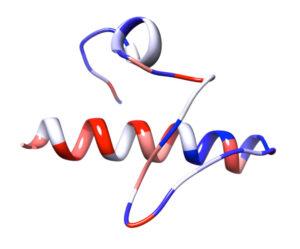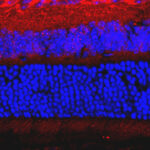The genetic basis for inherited retinal diseases in the Israeli population

Inherited Retinal Diseases (IRDs), a heterogeneous group of blinding diseases, are one of the most genetically heterogeneous conditions in humans, with over 200 causative genes identified to date. The genetic makeup of the Israeli population is unique, and many of the genetic alterations identified in Israeli patients are novel. Our research takes advantage of the unique genetic structure of the Israeli population and searches for novel genes and mutations underlying IRD. In recent years we identified several novel IRD-causative genes, including C2ORF71, PDE6G and SCAPER. Once such genes are identified, we characterize them in terms of their expression pattern, cellular localization, and interacting proteins in the retina, to better understand their retinal function. For this purpose we use a variety of techniques and model organisms, including cultured cells, mouse models, yeast and more.
Studying the molecular basis for IRD in Israeli families has strong implications for Israeli public health (in terms of molecular diagnosis, genetic screening and genetic counseling); but moreover, it provides a unique opportunity to identify novel genes which play a crucial role in retinal development and function, hence contributing significantly to the field of eye research and future development of new therapeutic strategies.
The role of PRCD in the retina

The PRCD gene is highly expressed in the retina, while in other tissues expression is negligible. It encodes a protein of 54 amino acids (aa) in humans. Mutations in PRCD cause retinal degeneration in both humans and dogs. To further characterize the roles of PRCD in retinal function and in IRD we aim to identify PRCD-interacting proteins. In addition, we produced a Prcd-knockout mouse and phenotypically characterized its retinal structure and function. This mouse model is a valuable tool for testing the function of PRCD and its protein-protein interactions in vivo.
The role of SCAPER in retina and brain

Mutations in SCAPER cause a combination of retinal degeneration and intellectual disability. To further characterize the roles of SCAPER in retina and brain we aim to identify SCAPER-interacting proteins in these tissues. In addition, we are phenotypically characterizing a Scaper-knockout mouse.
